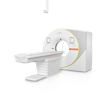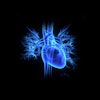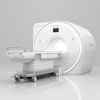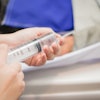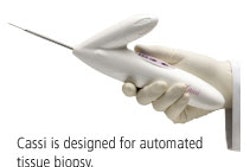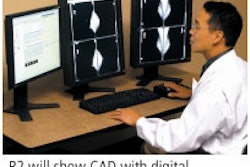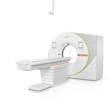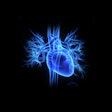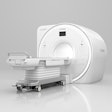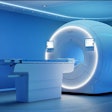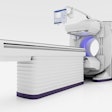The field of women's imaging seems to invite innovation, despite or perhaps in response to the deadly seriousness of the diseases it addresses. This year's RSNA meeting will be packed with creative ideas. In addition to mammography and computer-aided detection (CAD) refinements, watch for advances in adjunct technologies such as ultrasound, nuclear medicine, MRI, optical tomography, and electrical impedance scanning.
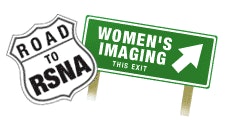
Market research and consulting firm Frost & Sullivan estimates the 2005 global mammography equipment market will be $340 million, with revenues of full-field digital mammography (FFDM) units in North America representing $160 million. CAD is also doing well: this year, global CAD revenues will range from $80 million to $100 million, with up to 700 new placements.
Mammography
The mammography landscape changed dramatically this year when Bedford, MA-based Hologic bought Fischer Imaging's mammography intellectual property assets in September. In the deal, Hologic acquired Fischer's customer list and customer relationships in addition to its existing technology and product lines, including the Denver company's FFDM system, SenoScan, and its stereotactic breast biopsy system MammoTest. The deal further narrows an industry already dominated by a few large players.
The final results of the Digital Mammographic Imaging Screening Trial (DMIST), conducted by the American College of Radiology Imaging Network (ACRIN), may also ramp up the market for FFDM systems. The study involved nearly 50,000 asymptomatic women who presented for screening mammography at 33 sites in the U.S. and Canada.
The study found that FFDM appears to be a better solution than film-screen mammography for women with dense breast tissue (although FFDM did not improve screening results in the general population). FFDM also provides easier access to images and CAD.
However, watch for increased interest in the CR mammography market, once these systems are cleared for use by the Food and Drug Administration. Already ubiquitous in general radiography applications, CR units could provide a cost-effective way for hospitals that are moving to digital radiography to also do mammography.
CAD comes into its own
Since its launch more than 15 years ago, CAD technology has become increasingly accepted in the radiology mainstream. An October study in the American Journal of Roentgenology (October 2005, Vol. 185:4, pp. 944-950) confirmed what many clinicians already know: CAD can catch cancers at earlier stages, leading to higher breast cancer detection rates and enabling the diagnosis of younger women.
Researchers at the South Carolina Comprehensive Breast Center at Palmetto Richland Memorial Hospital in Columbia found that the use of CAD with screening mammograms increased the cancer detection rate by 16.1%, and increased detection of invasive cancers less than 1 cm by 164%.
But with acceptance comes thorny problems such as malpractice and the need for training in the technology. Radiologists debate whether to save CAD marks as proof of care in malpractice cases, and acknowledge that experience is necessary to avoid the false-negative pitfall.
Combined technologies
Combining women's imaging technologies continues to be the cutting edge in the industry, and promises to offer women more convenient and less-invasive diagnostic and treatment options. Bone densitometry and medical informatics firm CompuMed of Los Angeles has linked its OsteoGram software-based medical image processing system to digital mammography equipment. This combination allows women to be tested for osteoporosis at the same time as their CR or DR exam, or annual mammogram.
Another new combination on the horizon is using ultrasound with optical tomography to differentiate between benign and malignant breast masses. A study published in Radiology this fall (October 2005, Vol. 237:1, pp. 57-66) found that the sensitivity of ultrasound-guided optical tomography was 100% and specificity was 96%, compared to color Doppler ultrasound sensitivity of 63% and specificity of 69% when used alone.

